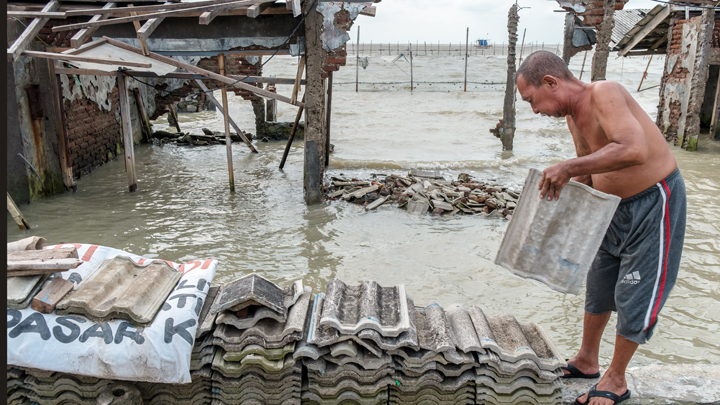Gone with the Flood
Tuesday, May 12, 2020
arsip tempo : 171351870042.

HAVING researched the potential sea flood threatening Pontianak City, West Kalimantan, Heri Andreas is concerned because only few in the society are aware of it. Heri, a member of the Bandung Institute of Technology (ITB) Geodesy Team, made a model of the tidal flood which has been inundating parts of the city for the last 10 years. “Because it happens near the year’s end, it appears like a common natural phenomenon. Also, the water i
...
Subscribe to continue reading.
We craft news with stories.
 For the benefits of subscribing to Digital Tempo, See More
For the benefits of subscribing to Digital Tempo, See More









